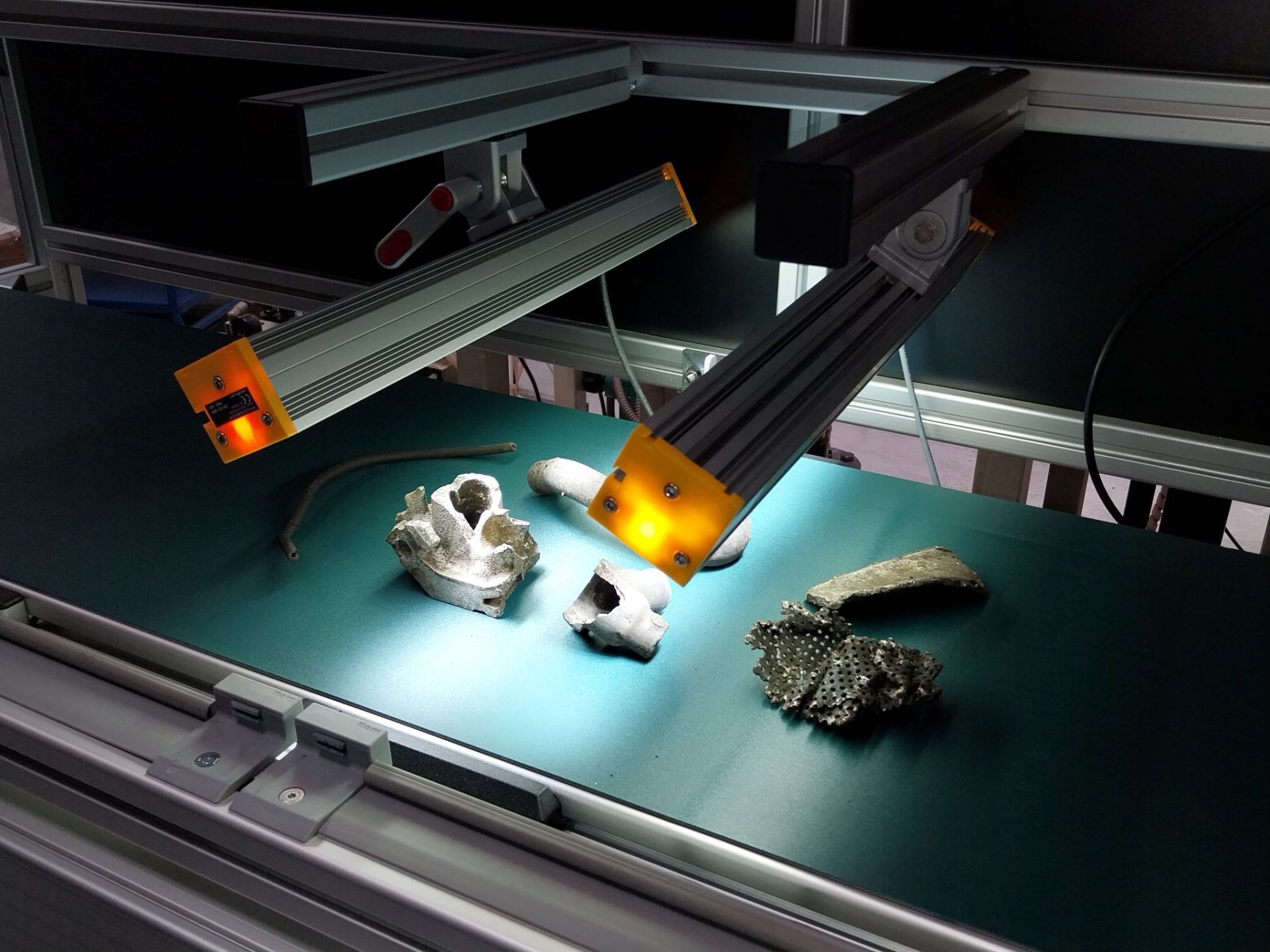New breakthrough in risk identification for liver disease

Metabolic Dysfunction Associated Steatohepatitis (MASLD) affects 35% of the world’s population and is the leading cause of chronic liver disease.
Progression of the disease can lead to serious complications such as cirrhosis and, in some cases, liver cancer.
The recent study, published in the journal Hepatology, focuses on the development of a serum test to identify patients at risk of developing Metabolic Dysfunction-Associated Steatohepatitis (MASH) with fibrosis.
An international collaborative study, involving researchers from OWL Metabolomics and José María Mato from BRTA member CIC bioGUNE and CIBEREHD, reveals a significant advance in the identification of patients at risk of developing Metabolic Dysfunction-Associated Steatohepatitis (MASH), formerly known as Non-Alcoholic Steatohepatitis (NASH).
The recent article, published in the scientific journal Hepatology, highlights the crucial role of the newly introduced Metabolomics-Advanced Steatohepatitis Fibrosis Score (MASEF) in the early detection of patients with MASH at risk, a critical subset of MASLD.
MASLD affects 35% of the world’s population and stands as the leading cause of chronic liver disease. Disease progression can lead to serious complications, including cirrhosis and, in some cases, liver cancer. Patients with MASH at risk (MASH and fibrosis stage 2 or higher) face an elevated risk of morbidity and mortality, underscoring the urgent need for early identification.
Until now, liver biopsy has been considered the gold standard for identifying those with MASH at risk. However, this practice carries significant challenges and risks. In response, non-invasive tests have been developed to identify patients at risk of developing MASH. While these tests have improved detection, their scope and validation remain limited.
The MASEF score, which uses metabolomics, emerges as a promising alternative. This innovative approach, which involves the measurement of specific serum lipids, accurately identifies MASH patients at risk.
Compared to other non-invasive tests, the MASEF score has demonstrated high specificity and diagnostic performance. Furthermore, its use as a surrogate in the algorithm currently recommended by the American Gastroenterological Association (AGA) and other associations to identify those with MASH at risk has proven to be feasible and practical.
The results support the potential of the MASEF score as a promising diagnostic tool that could improve the accurate identification of patients with MASH at risk. This accuracy would allow novel therapies and clinical trials to be targeted to those at highest risk of severe liver disease progression.
This multi-centre, multi-year, international study provides clinically applicable data in real-world settings. The simplicity and accessibility of the MASEF score, as a blood-based test, positions it as a significant advance in the fight against MASLD and MASH.




